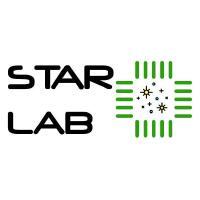

Homebrew can be used to install the latest version of Ruby (version 2.7.1 at the time of this post). Since messing up the system Ruby version might lead to lots of issues, to do any kind of Ruby development, it’s better to get a separate version of Ruby installed.

The steps in this article are a summary of what worked for me. The Jekyll Talk forum has many questions, and there are many GitHub issues that link to the errors that crop up. The official documentation has the necessary steps to install Jekyll, but skips over any potential issues. This useful post discusses some of the issues, and ways to overcome them. So, even those who don’t use Ruby extensively will run into a few problems. However, the popular package manager for macOS, Homebrew, is also written in Ruby.

SIDE NOTE: This post is only about Jekyll. These are big changes, which led to issues in my Jekyll set-up. Moreover, the default directory for installing Gems is not writable without “sudo” access. The first thing to note is that macOS Catalina ships with Ruby version 2.6.3 as the default.


 0 kommentar(er)
0 kommentar(er)
